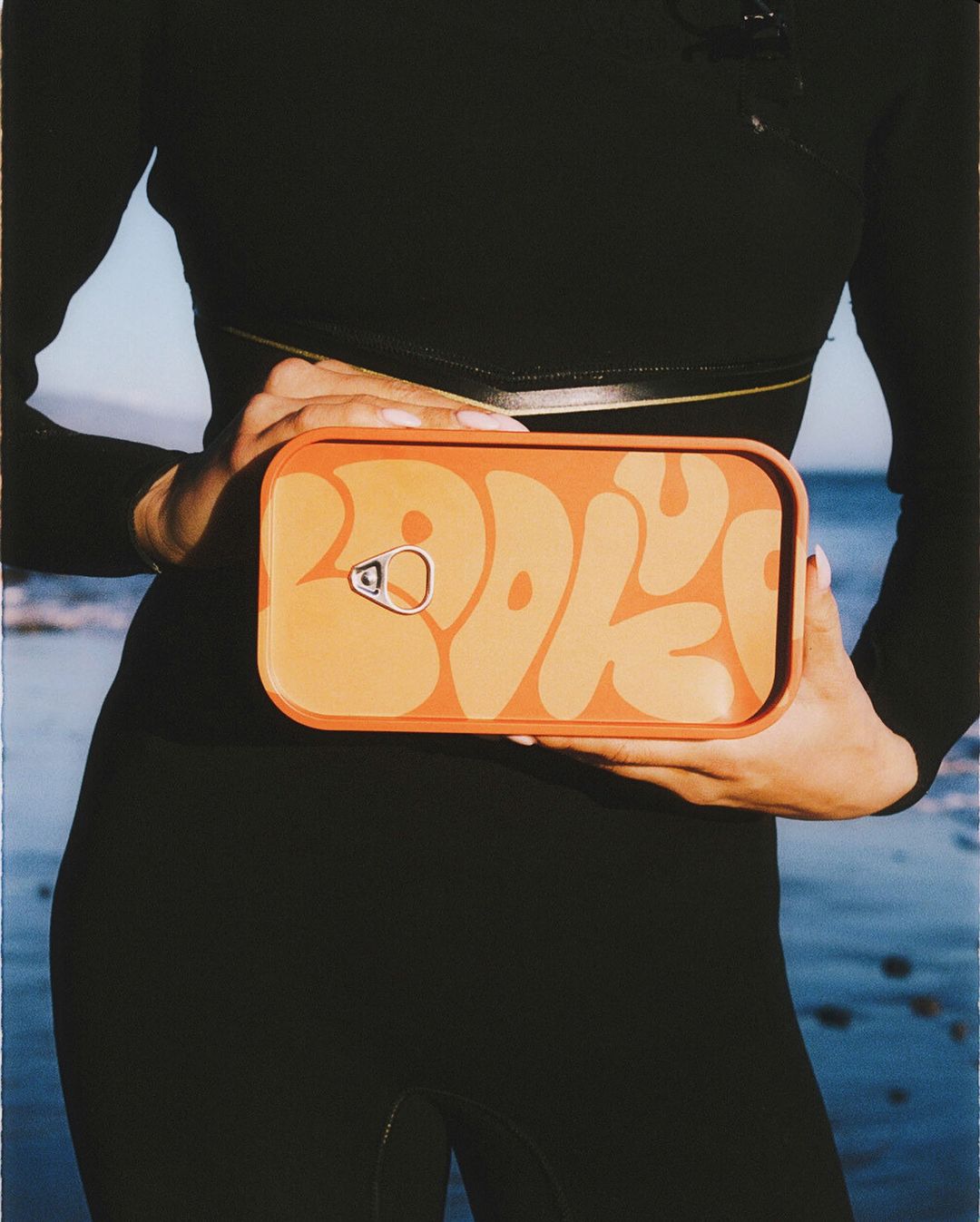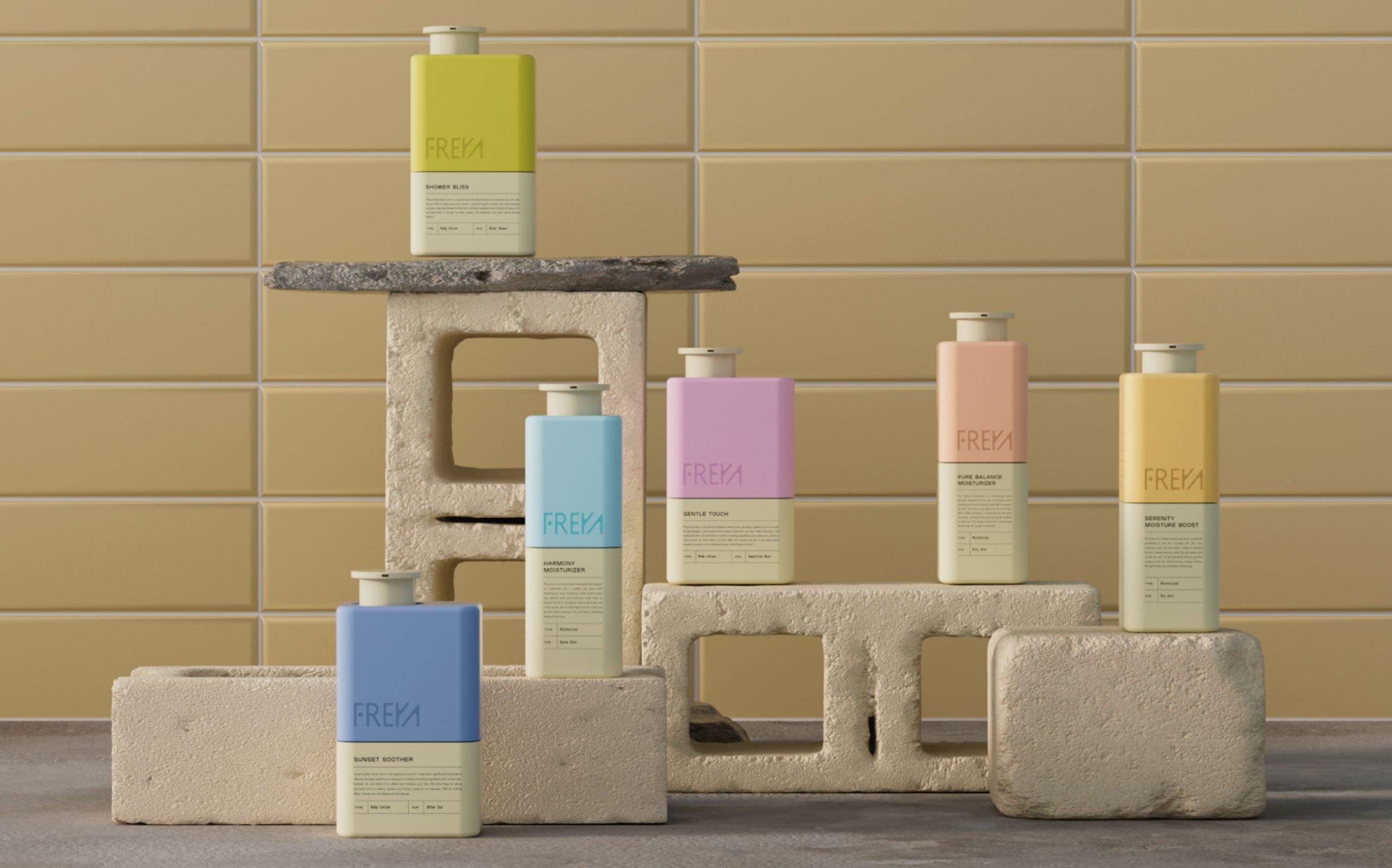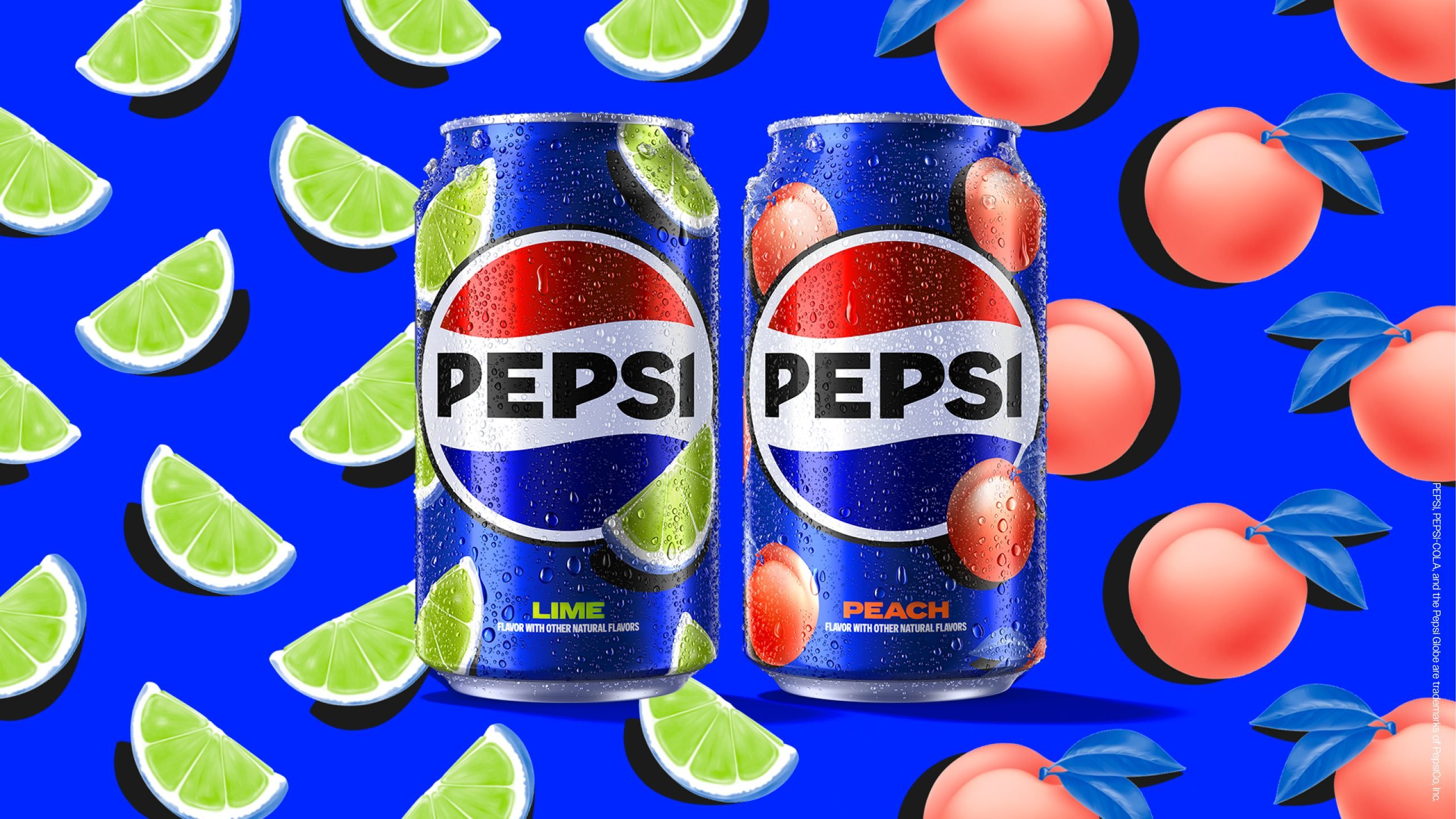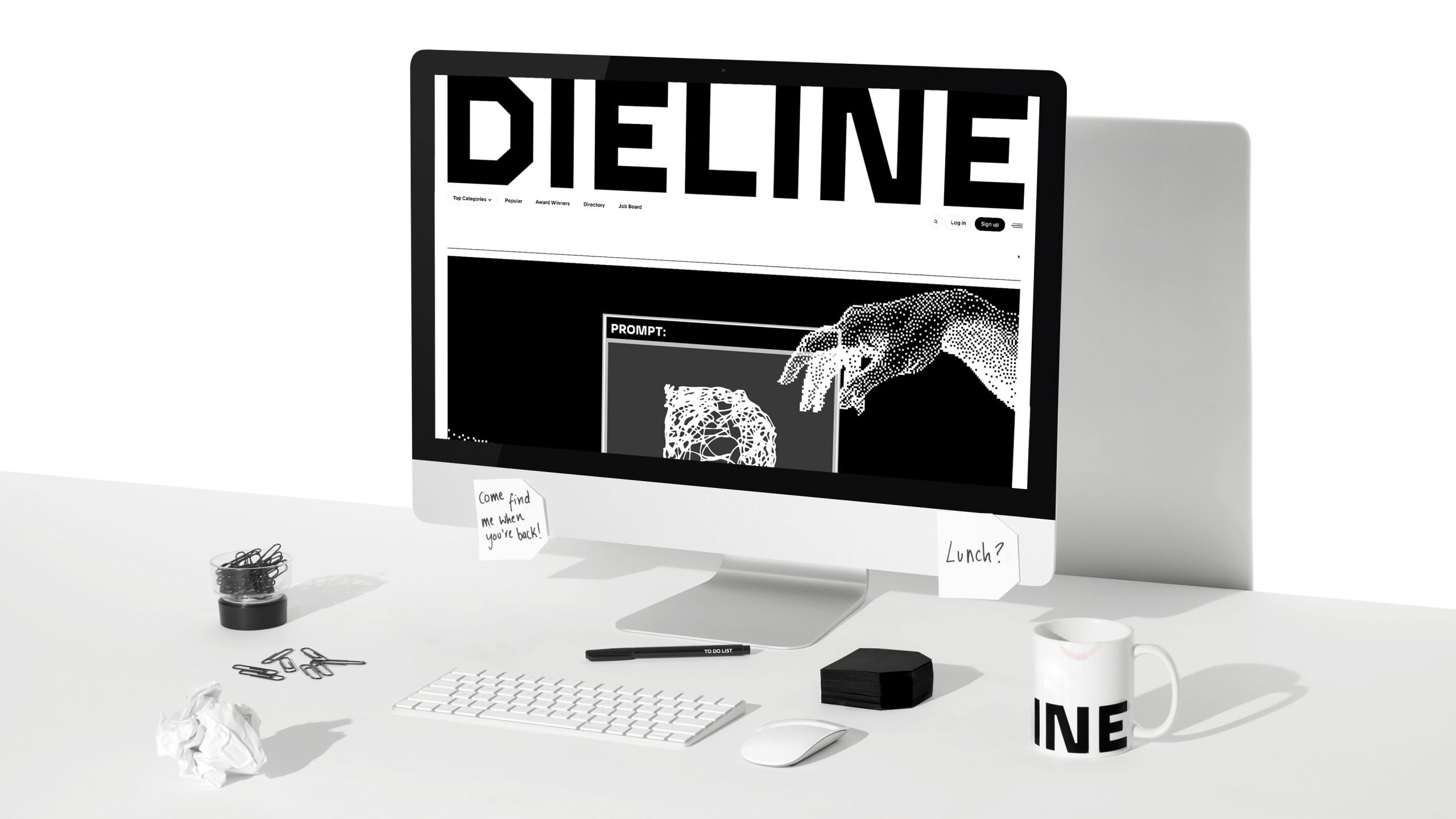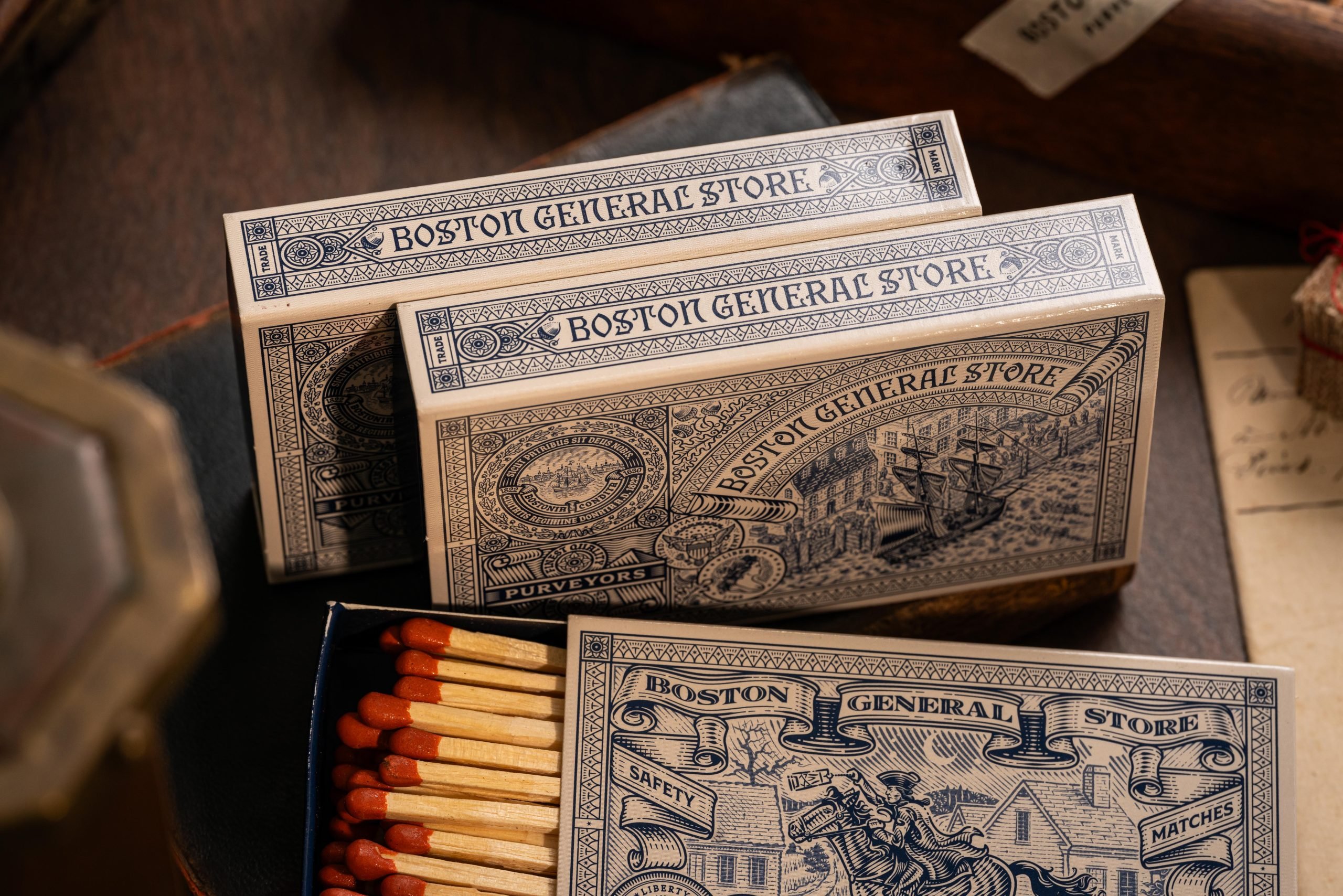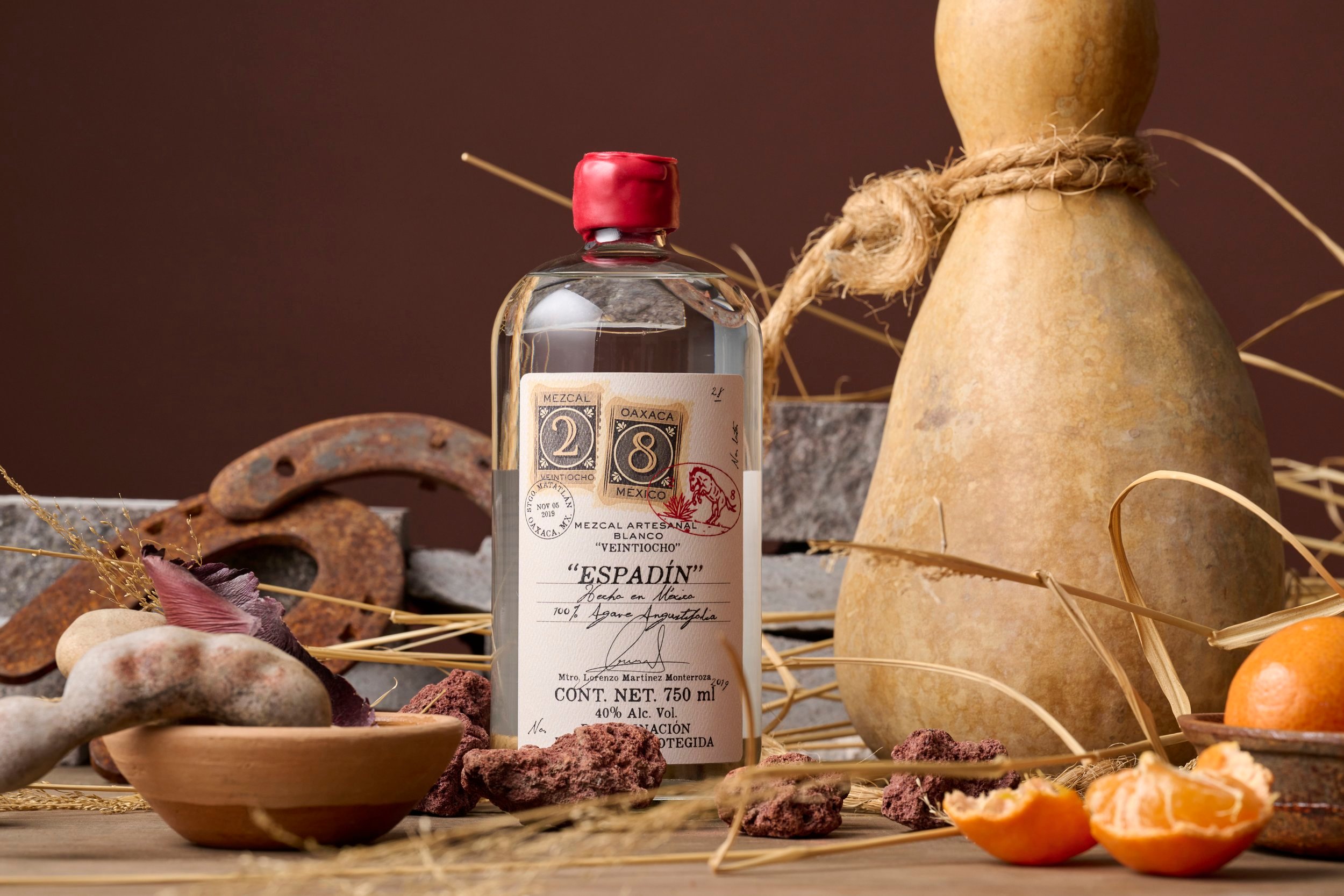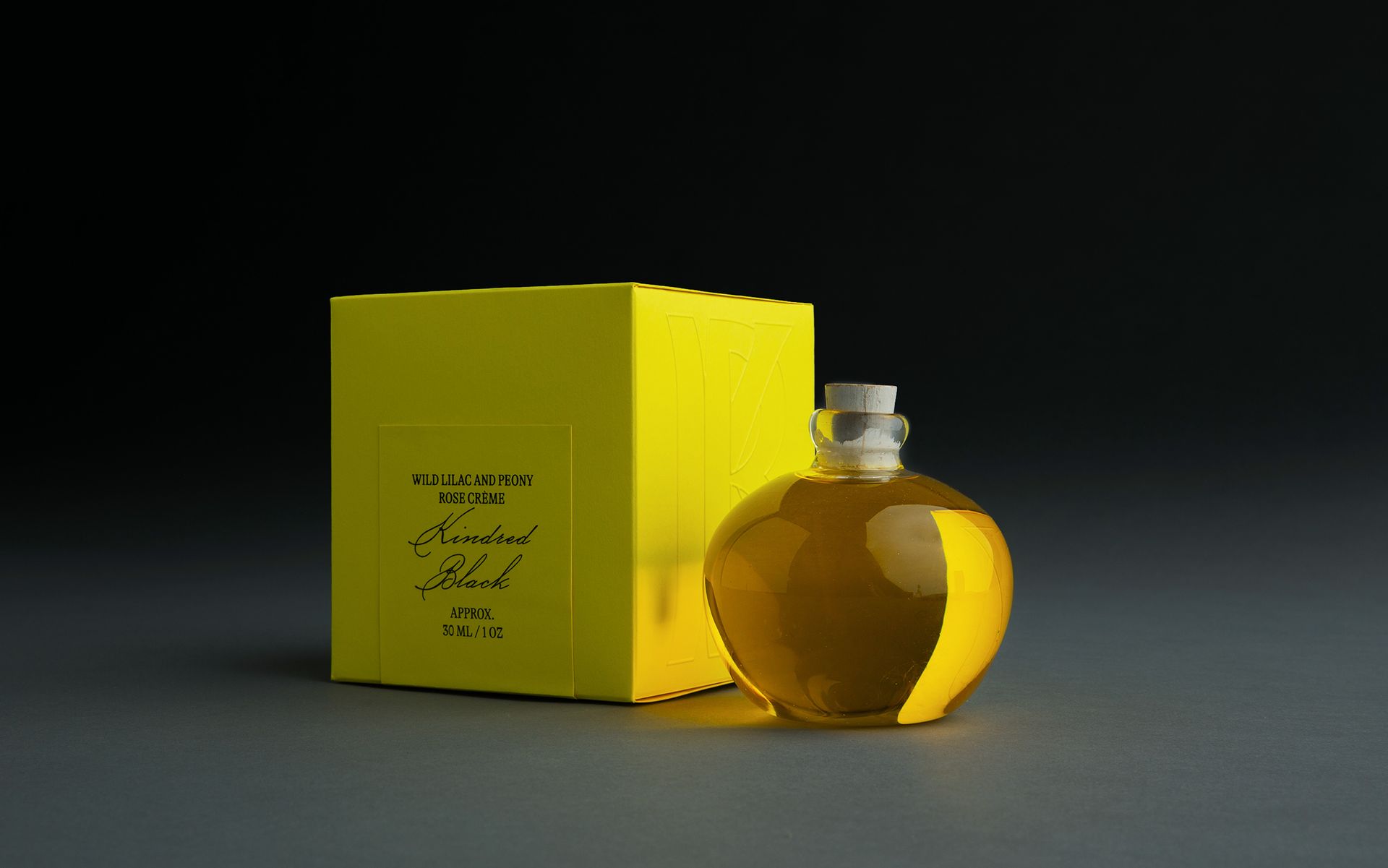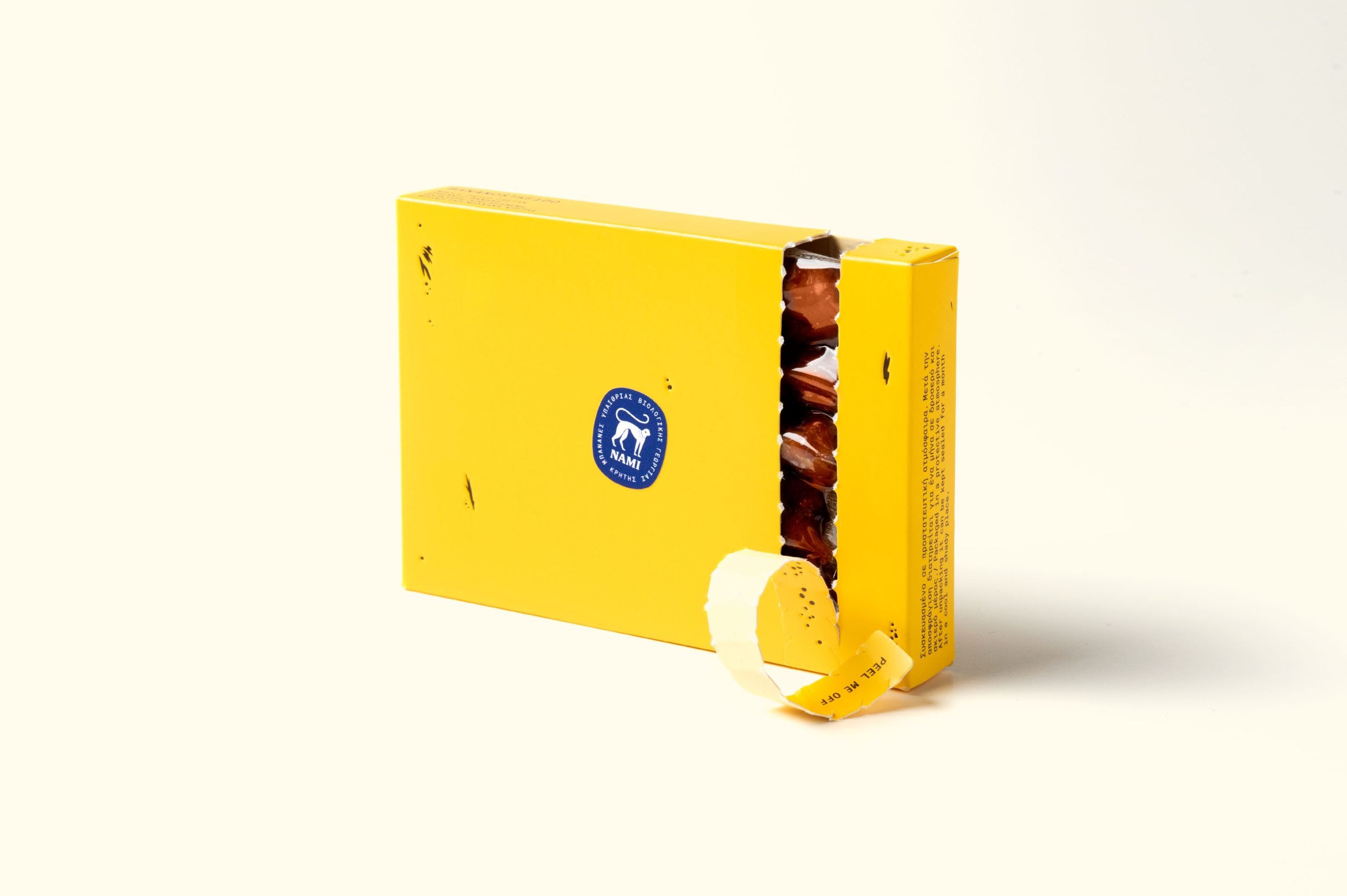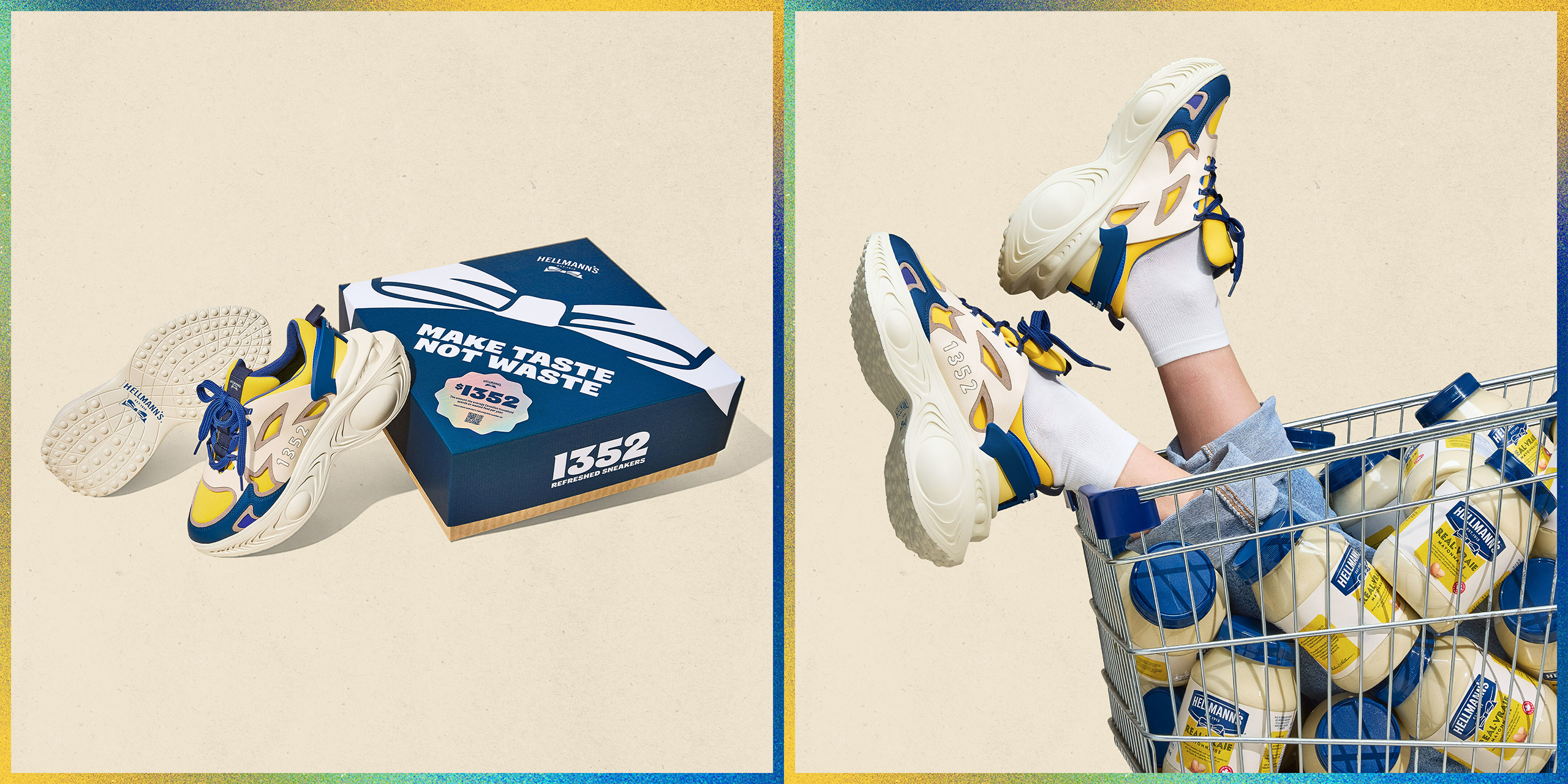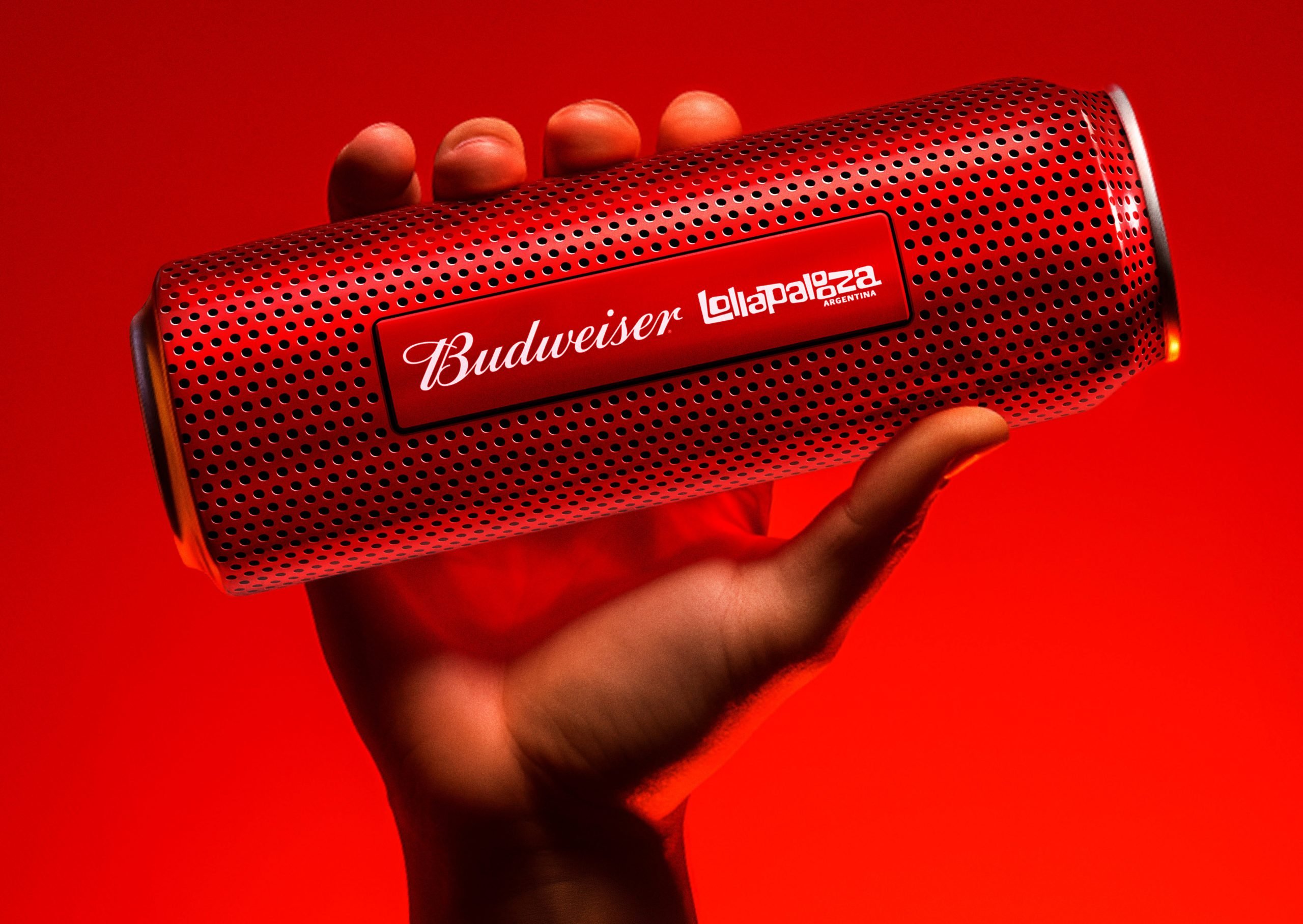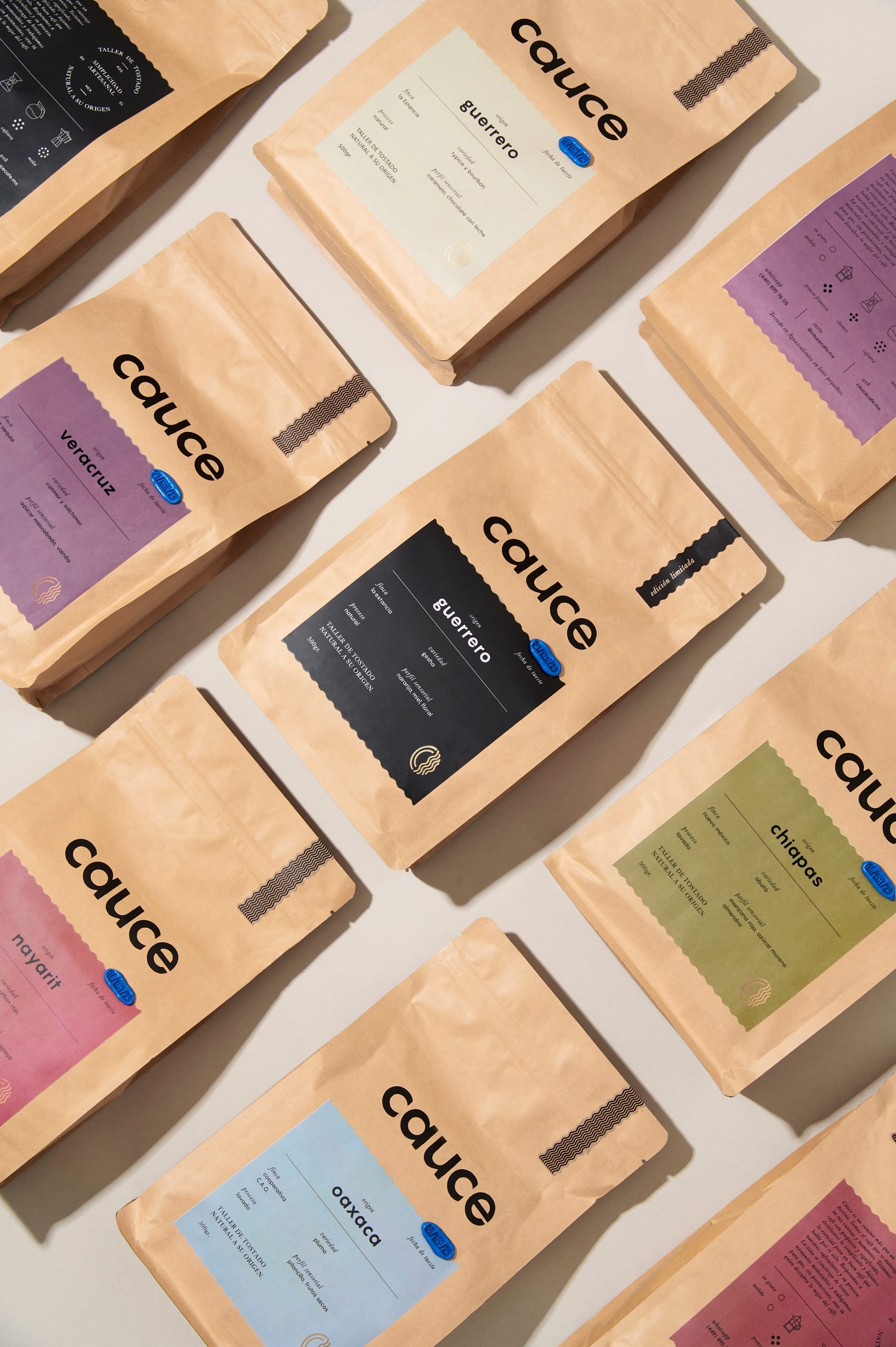The day after Thanksgiving is known in the retail world as Black Friday, marking the unofficial start of the holiday shopping season.
Now more of an online affair, in previous years, shoppers looking to snag the 1-day only bargains would line up hours before opening, sometimes overnight. Black Friday would also become infamous for becoming a violent affair, complete with the trampling of the elderly, fatal shoot-outs at the register, and, in general, ruining the holiday season over flat-screen TVs with hospital visits and court dates.
The Japanese have a different big shopping day tradition that combines deals and surprises and is void of American-style, frenzied retail barbarity. Fukubukuro, or lucky bag, is an annual New Yearâs shopping tradition where merchants offer grab bags filled with goods worth more than the ticket price, and in some cases, unique, expensive items get dropped into some bags
